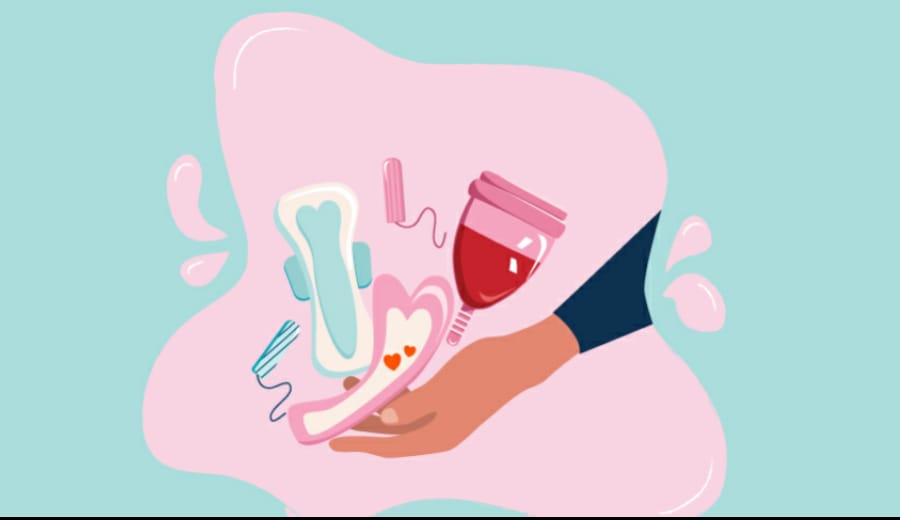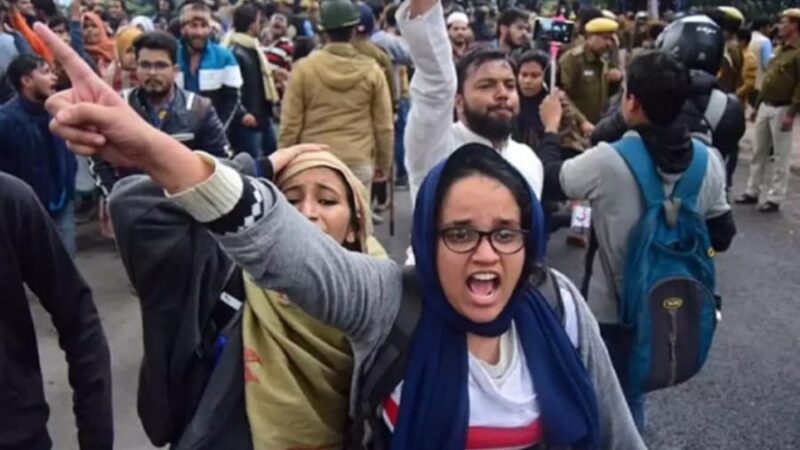The Taboo of Menstruation

KHUSHI knew it was cancer. Ankita thought she was injured. None of the girls knew why they were suddenly bleeding, why their stomachs were “paining,” as Indian English has it. They cried and were terrified and then they asked their mothers. And their mothers said, you are normal. You are menstruating. You are a woman now. But that is not all. The girls, whose names I’ve changed here for the sake of their privacy, were also told: when you menstruate, don’t cook food because you will pollute it. Don’t touch idols because you will defile them. Don’t handle pickles because they will go rotten with your touch. Pickles, I asked Ankita? Yes, madam, she told me, in her schoolyard in rural Uttar Pradesh. My mother says it is so. Her mother believed it, and her mother before her. It must be true. I read of another girl who said that her nail polish had spoiled because she had applied it during her period. She saw nothing weird about this. I met Ankita and her peers in November, while accompanying a sanitation and hygiene carnival, the Great Wash Yatra, which has traveled a thousand miles across rural India. The aim of the Yatra, organized by a nonprofit called WASH United, is to spread the right messages about health and hygiene — do not defecate in the open, wash your hands with soap after the toilet and before eating — using singing, dancing, games and support from cricket players and Bollywood stars. The tactic works: all of its stalls have queues of men and boys waiting to play. All except one: a curtained tent, where only women are allowed. This is the Menstrual Hygiene Management Lab, where girls and women can come to learn how to safely make and maintain cloth sanitary napkins (use clean cloth; dry it in the sun; iron it to remove moisture) as well as for something even more revolutionary: to talk frankly about periods. The taboo of menstruation in India causes real harm. Women in some tribes are forced to live in a cowshed throughout their periods. There are health issues, like infections caused by using dirty rags, and horror stories, like that of one girl who was too embarrassed to ask her mother for a clean cloth, and used one she found without knowing it had lizard eggs in it. According to one of the Yatra outreach workers, the subsequent infection meant her uterus had to be removed when she was 13. She would be forever tainted as a barren woman, so that whoever saw her first in the morning had to take a bath to wash her stain away. But beyond superstition and discrimination, many Indian women face the straightforward lack of clean, safe lavatory facilities. Back in my high school in England, we may have been embarrassed by our periods, as most girls are, but we had clean bathroom stalls in which to change our sanitary pads in privacy, and trash bins in which to throw them. Many students in India, where around 650 million people still lack toilets, can’t say the same. Most schools I visited had filthy latrines, used only because there was no alternative. Some had none at all. Students and teachers made do with fields and back alleys. Concentrating on lessons when you are desperate for the bathroom is hard on anyone. It’s nearly impossible for a girl who is menstruating and has nowhere to change or dispose of her pad. Girls grow tired of dealing with it. Often their families encourage them to stay home from school and get married. In one survey, 23 percent of Indian school-age girls dropped out of school when they reached puberty. “Girls suffer if they aren’t empowered to manage their menstrual cycle without pain and shame each month,” said Chris Williams, the executive director of the Water Supply and Sanitation Collaborative Council, which runs the Menstrual Hygiene Management Lab. “Their health, schooling and dignity are in the balance.” And the world suffers, too: educated women are healthier, have smaller families, often earn more and have a positive impact on development. It can take years, even generations, to change a taboo. But anecdotally, outreach workers note that the only girls who don’t believe the superstitions about menstruation are those with educated mothers. So the best way to change the minds of future women is to keep girls in school today, and basic lavatory facilities are one of the easiest ways to do that. Back in Ankita’s schoolyard, something revolutionary was happening. Although many male teachers in rural India are terrified that broaching the subject of menstruation will be considered inappropriate or worse, one of Ankita’s teachers was different. After attending a Yatra outreach session, he used 200 rupees (less than $4) of his own money to turn a disused latrine into a simple incinerator, which girls could use to burn their dirty cloths. It isn’t perfect: girls still face the embarrassment of going to the incinerator with everyone knowing why. But this rudimentary construction, with its vent made from a discarded well-water pump, could have huge consequences. Not only could it bring educational salvation to Ankita and her classmates, but a better future for generations to come. ————- WRITTEN BY: Rose George SOURCE: NyTimes






